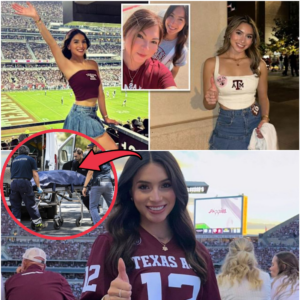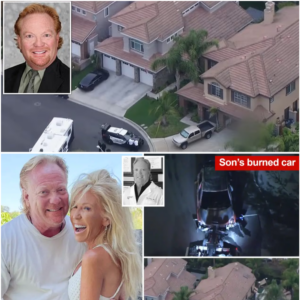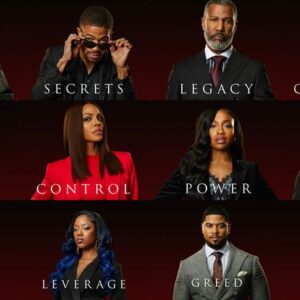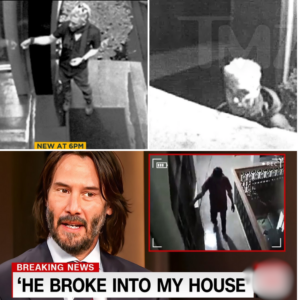Tesla, the world’s most famous electric vehicle company, is under growing fire for what critics and legal experts are calling one of the largest false advertising cases in the history of the auto industry.
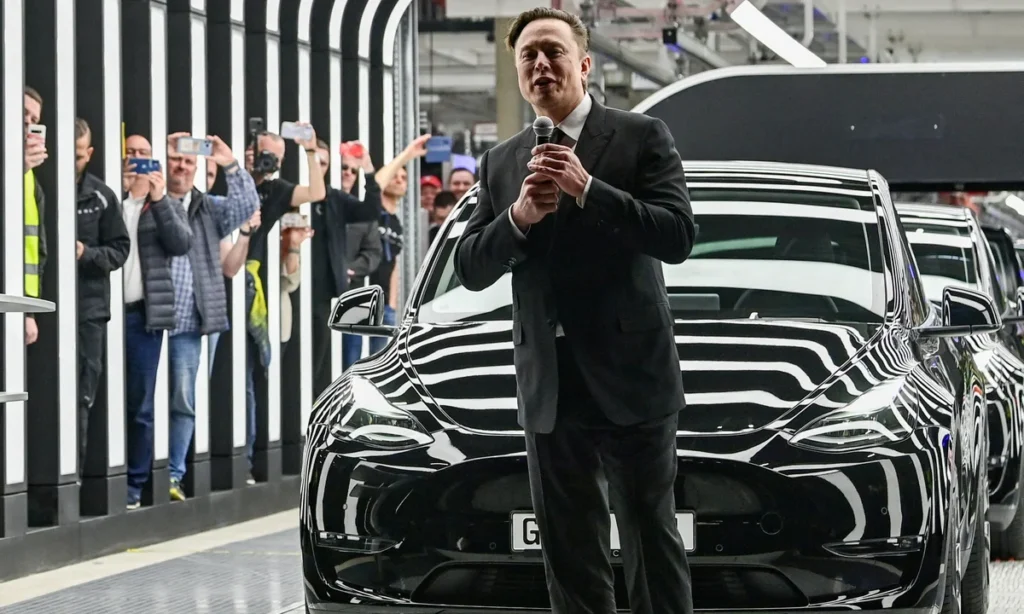
At the center of the storm is the company’s controversial “Full Self-Driving” (FSD) claims, which were marketed as early as 2016 with promises that all new Tesla vehicles would come equipped with “all the hardware necessary” for fully autonomous driving in the future.
Nearly a decade later, the truth is now unavoidable: that promise wasn’t just overly ambitious—it was flat-out wrong. And the consequences could cost Tesla and its CEO, Elon Musk, billions in financial compensation, legal penalties, and irreparable brand damage.
Back in 2016, Tesla made a bold statement. On its website, in marketing campaigns, and through public appearances by Elon Musk, the company claimed that every Tesla vehicle being produced at the time would come with the necessary hardware to enable full self-driving in the future. Not “most” vehicles. Not “eventually compatible.” But all new vehicles.
That language was not ambiguous. It wasn’t hidden in fine print. Tesla repeated it year after year, creating the perception that customers were not just buying a car—they were buying into the future.According to Musk himself, Teslas were “appreciating assets” because their self-driving capabilities would soon make them profitable as autonomous robotaxis.
But that vision has failed to materialize—and it now appears that the underlying technology was never capable of delivering it.
At the center of the controversy lies Tesla’s self-driving hardware—specifically its onboard computers known as HW2.5, HW3, and HW4.
– HW2.5, used in early vehicles post-2016, was quickly deemed insufficient.
– Tesla replaced it with HW3 (Hardware 3.0), and retrofitted vehicles for customers who had purchased the FSD package.
– Now, in 2023–2024, Tesla has introduced HW4, a far more powerful system, exclusively available in newer models.
In January 2025, Musk finally admitted publicly that HW3 was not powerful enough to support unsupervised full self-driving, contradicting nearly a decade of marketing.
This admission has opened the door to massive legal exposure.
Approximately 4 million vehicles around the world were sold with HW3 hardware, and many of those buyers were explicitly told their vehicles had “all the necessary hardware for full self-driving.” In 2024, Musk tried to soften the blow by stating that HW3 would still support robotaxi functions.
But by early 2025, it was clear: HW3 had reached its limits, and owners expecting autonomous capabilities were left disappointed.
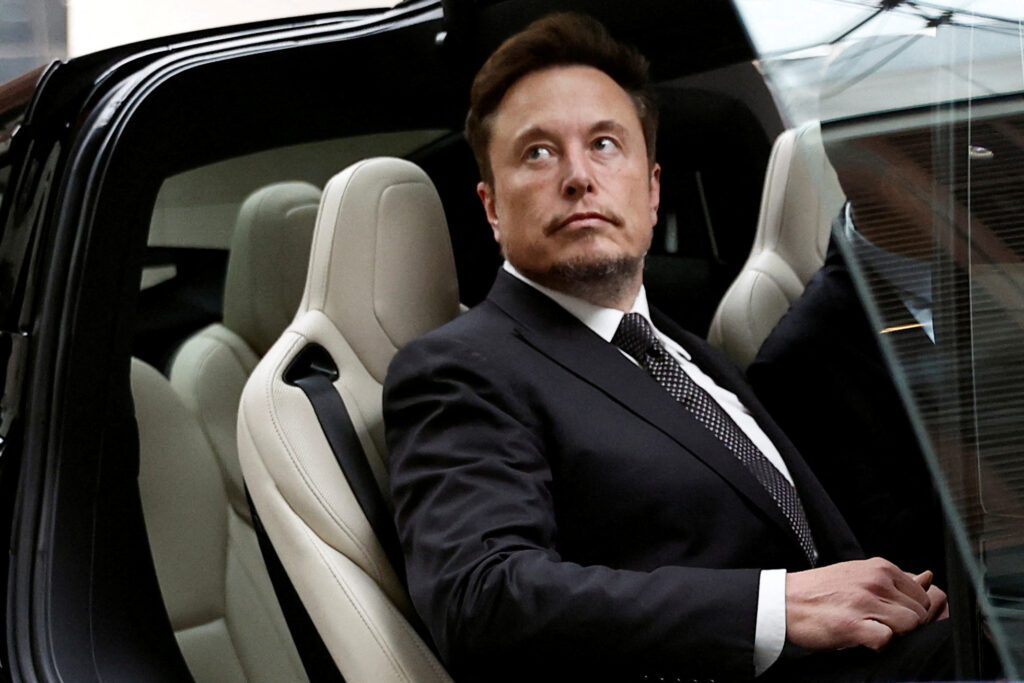
The public backlash is not only about the hardware—it’s about the discrepancy between promise and reality.
Tesla’s promise wasn’t just technical—it was economic. Musk had told customers in 2019 that Tesla vehicles would become “appreciating assets” as autonomy rolled out. “You could buy a Tesla, and it would make you money,” he said. It was a futuristic vision: your Tesla would drive itself while you slept, picking up passengers, generating income.
None of that happened. In fact, the value of Tesla vehicles has decreased, particularly for those models that now require a hardware upgrade to keep pace with new features.
To make matters worse, customers who purchased vehicles expecting to be FSD-ready were told they would need to pay additional fees—up to $1,000—to upgrade their computer to HW4. That means Tesla didn’t just fail to deliver on its promise—it monetized its own broken promise.
The issue intensifies when looking at Tesla’s FSD (Full Self-Driving) software package, which has been sold to hundreds of thousands of customers globally. The software has gone through beta testing for years, and it remains under constant scrutiny by regulators due to safety concerns and inconsistent performance.
But the most damning revelation is this: Tesla sold the FSD package to owners of vehicles equipped with HW3, fully knowing that those computers would not be capable of unsupervised self-driving.
According to estimates published by Electrek, roughly 500,000 vehicles globally were sold with HW3 and the FSD package. If Tesla replaces the computers in all of those vehicles with HW4—as it’s now suggesting it will—it could cost the company over $500 million, or approximately 13,000 billion VND.
And that number may be just the beginning.
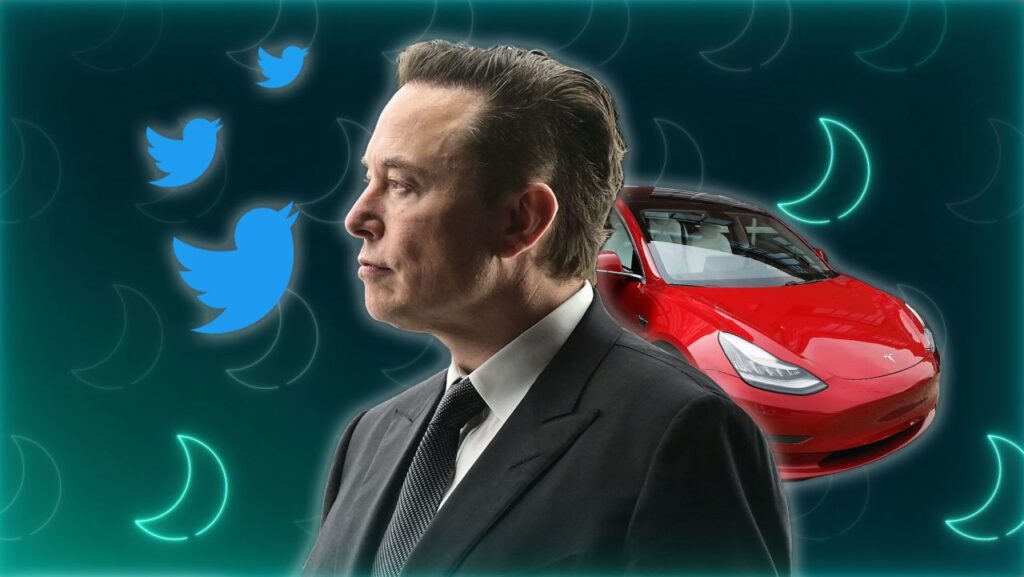
Legal analysts are warning that class-action lawsuits and regulatory penalties may follow Musk’s admission. Customers who were misled about their vehicle’s capabilities have strong grounds for compensation—especially in regions like the United States and the European Union, where consumer protection laws are strict.
There’s already precedent.
In 2022, a court ruling in the U.S. mandated that Tesla upgrade customer hardware for free in order to make the FSD package usable. This ruling set a powerful precedent, effectively recognizing that Tesla misrepresented its vehicles’ capabilities to consumers.
With Musk now admitting the hardware was insufficient, Tesla could be held responsible not only for vehicles sold with FSD, but also for vehicles sold under the claim that they were “FSD ready”—even if the customer never bought the software package.
This expands the potential liability to the entire HW3 fleet of 4 million vehicles.
If courts around the world take similar positions, Tesla could be forced to pay billions in retroactive compensation, free hardware replacements, or both.
Tesla’s strategy relied heavily on trust in Musk’s vision. That trust helped the company dominate the EV space, gain loyal customers, and command enormous investor confidence. But that same trust is now being tested.
The false advertising charge isn’t about a technical glitch—it’s about deception at scale.
Tesla’s branding relied on the idea that it was the only automaker bold enough to embrace the autonomous future. That confidence drew in customers willing to pay more—some even purchasing the FSD package before it was ready, just to be part of that future.
Now, many feel betrayed.
Owners who believed their vehicles were “future-proof” are discovering they need expensive upgrades to access promised features. Some are frustrated that Tesla continues to market new vehicles with claims that sound eerily similar to the ones made in 2016.
The difference? Those older promises are now known to be false.

